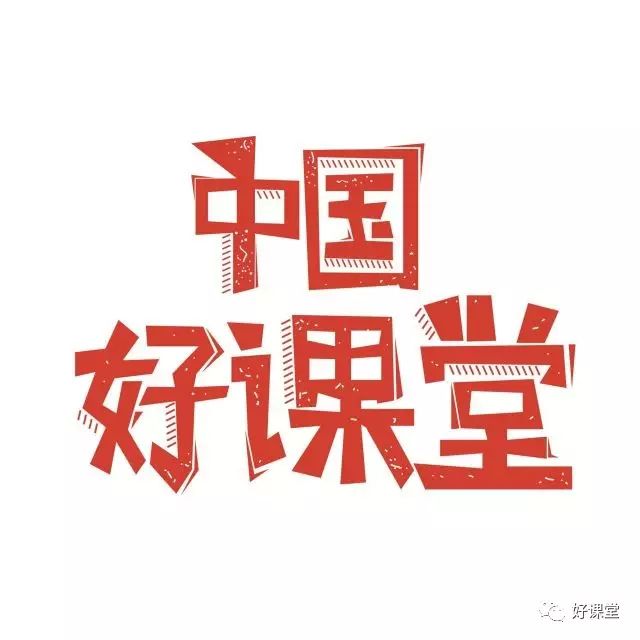
“High School English Teaching Video: can” is exclusively produced by China Good Classroom. Good Classroom breaks through the traditional rigid teaching model, using the humorous Young class format to help students learn more knowledge in a relaxed and humorous teaching environment.
Today, let’s summarize the usage of can. We all know that can is a modal verb, translated as “can; be able to; may”, with the past tense being could. Students should pay attention to the following points regarding its usage.
1. To express ability, for example: “Can you drive a car? 你会开车吗?” The answer is “Yes, I can. 我会” or “No, I can’t. 我不会。”
2. To express speculation, students should note that could is not the past tense of can in this context; it is simply a more polite tone. If speculating about something that has happened or a past situation, use can/could have plus the past participle. For example: “Today is Sunday. He can’t/couldn’t be at school. 今天是星期天。他不可能在学校里。” and “Mike can’t have found his car, for he came to work by bus this morning. 迈克一定还没有找回他的车,因为早上他是坐公共汽车来上班的。”
3. To express requests, here could is not the past tense either; it is just a more polite form than can. Note that could should not be used in the response. For example: “Can I or Could I watch TV? 我可以开电视看吗?” The answer is “Yes, you can. 可以。” or “No, you can’t. 不可以。”
4. In spoken language, can often replaces may to indicate permission. In this case, could cannot be used, and the negative forms can’t and mustn’t both indicate “not allowed”. Example: “You can first lend me one book this time. 这次你可以先借给我一本书。” and “You can’t take the book out of the room. 你不可以将这本书拿出室外。”
Besides being a modal verb indicating ability, speculation, request, or permission, can can also be used as a noun meaning “can, container”, for example, “a can of beans 一罐豆子”.
If you want to learn more related knowledge, hurry up and click to watch this episode’s video!
For more exciting videos, please continue to follow China Good Classroom http://www.zghkt.cn

Exclusively produced by China Good Classroom
Reprint with source indicated
